By Melissa Jane Marshall - Blog Squad member
I love a walk involving a recognised trail with a map. So, I was super excited to have the chance to walk one of the new Northern Saints Trails. We decided to follow The Way of Life trail to discover the amazing views, attractions and more along the way.
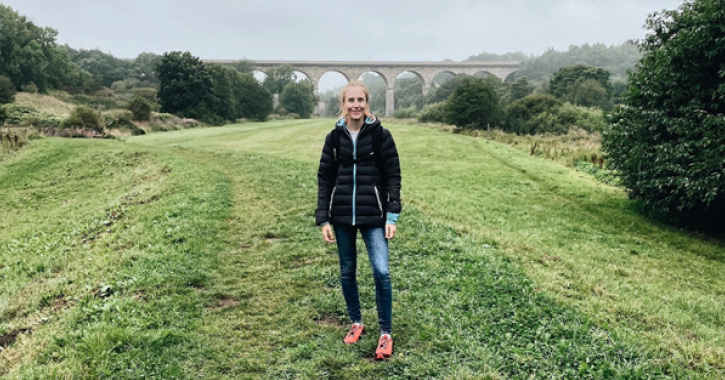
The route starts at Gainford and finishes at Durham Cathedral, with several stops on the way. The route is well-known and passes one of England’s oldest churches, a palatial castle, and places where Saint Cuthbert’s ‘miracles’ occurred.
This walk takes in some of the prettiest villages in Durham, as well as breathtaking views of the countryside. It also offers plenty of opportunities to learn about life in Durham through the ages. The whole route is 29 miles and can be done in several stages, in either direction. Along the trail you'll find several attractions to make a pit stop at, including Auckland Castle (the former home of the Prince Bishops of Durham) and Etherley Incline (one of the world’s first passenger carrying steam operated railways), both of which played an important role in Durham’s history.
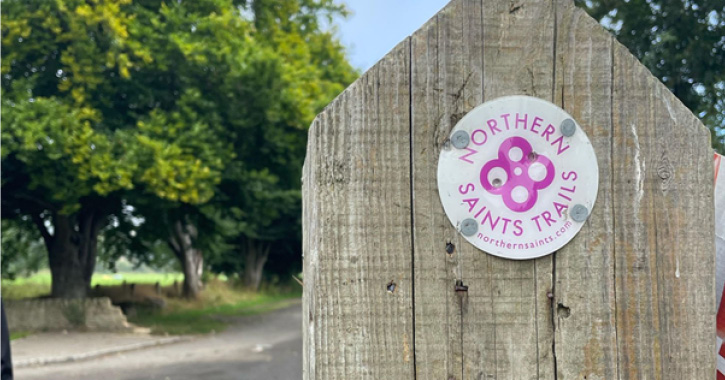
We decided to walk a smaller section, starting at Binchester Roman Fort and finishing at Escomb Saxon Church. We chose this section of the route as it offered several attractions on route, to break the walk up. The three attractions we incorporated into our walk were: Binchester Roman Fort, Auckland Castle and Escomb Church.
The Way of Life Trail
The Way of Life route was easy to follow, largely following the course of the River Wear. Starting at Binchester Roman Fort meant we had to do a small section on the road, but the rest of our walk was off-road (so I’d recommend sturdy shoes!). The route between Auckland Castle and Escomb also passes through woodland, using a trail, so it’s only really suitable for walkers.
The views along the route were beautiful, and reminded me of my love of exploring new places outdoors. There are several places that would make great picnic spots, for those doing longer routes or family walks. Once you’re off the main tracks and following trails, you’re nowhere near roads and are free to take in the many sights and sounds.
The route is signposted but it’s still worth downloading the GPX route or a trail map, as there are a number of public pathways you could follow. We did a simple out-and-back, which was around 10km/6 miles, with only a couple of small hills. It was a pretty quiet route and we walked for a while without seeing any other walkers.
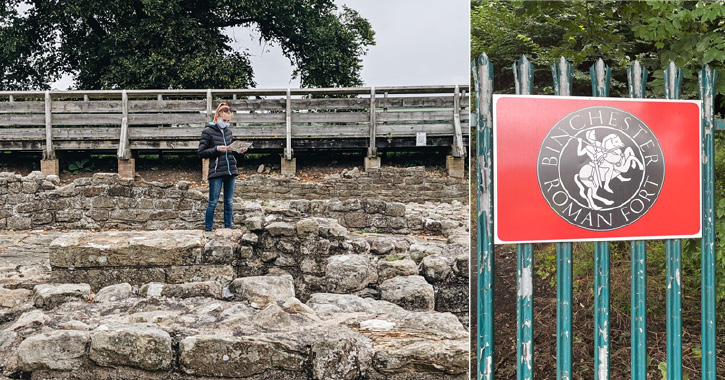
Way of Life Attractions
We visited three attractions whilst on route. The first was Binchester Roman Fort, once one of the largest Roman military installations in Northern Britain. Binchester Fort features two incredibly well-preserved bathhouses (from its time as a home for Roman auxiliary cavalry) and we spent around an hour looking around, learning about the site.
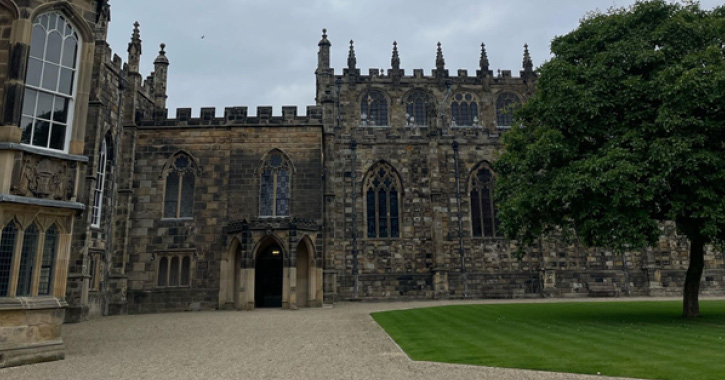
Our next attraction was Auckland Castle, which is part of The Auckland Project, a tourist development helping to regenerate Bishop Auckland. The castle centres on the history of the Prince Bishops of Durham, generations of Durham Bishops granted special privileges by the Crown. The Castle's Walled Garden is a working garden, recently restored and currently providing vegetables used in the Castle café.
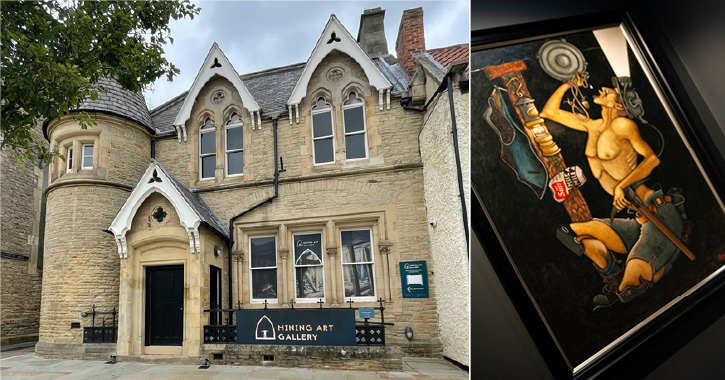
We also stopped off at the Mining Art Gallery. It’s well known that mining played a huge role in the life of most families in the North East, with pit villages across the North Eat region and the Mining Art Gallery hosts the work of several prominent artists, local to the area. These include Tom McGuiness and Norman Cornish, who give you an interesting glimpse into life down the pits. Many of the pieces showcased a unique perspective of the mining industry, with a range of artistic styles on show.
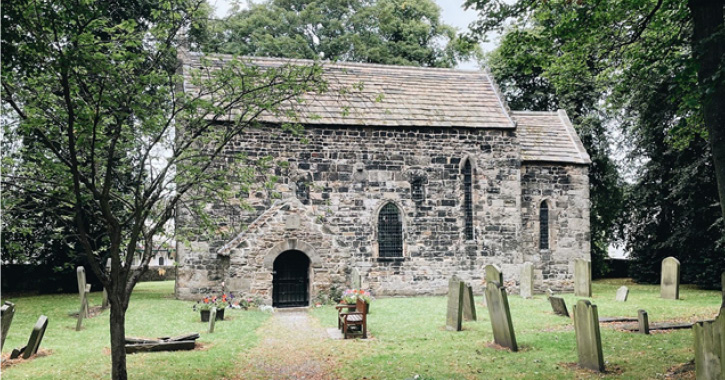
Our final location was Escomb Saxon Church, believed to be one of the earliest Saxon churches in England and, supposedly built using bricks from the nearby Binchester Fort. It was great to hear about the history of the Church from a local resident, who answered all our questions and gave us great tips about what to look out for inside, which we’d otherwise have missed…
I would highly recommend this route, if you’re looking for an adventure filled with history – the Land of the Prince Bishops has plenty to offer!
Read more about Melissa's journey along the Way of Light and its attractions in Melissa's second Way of Light blog>
Follow Melissa on Instagram or Twitter
View Melissa's website
Related
Comments
Comments are disabled for this post.



 to add an item to your Itinerary basket.
to add an item to your Itinerary basket.
.png)





